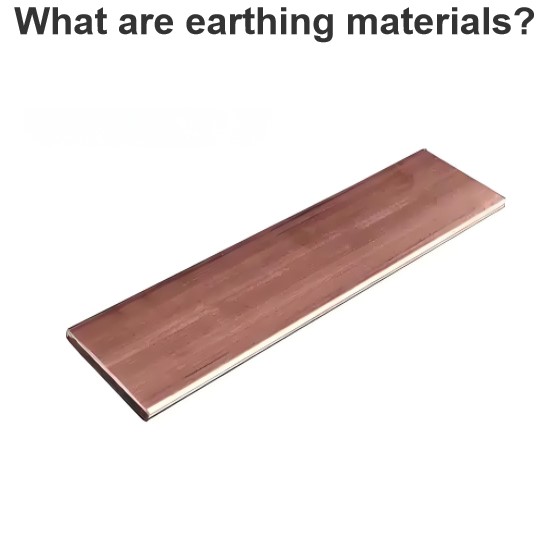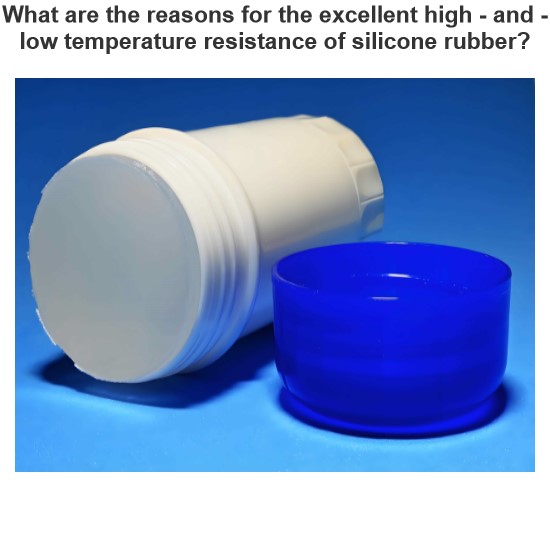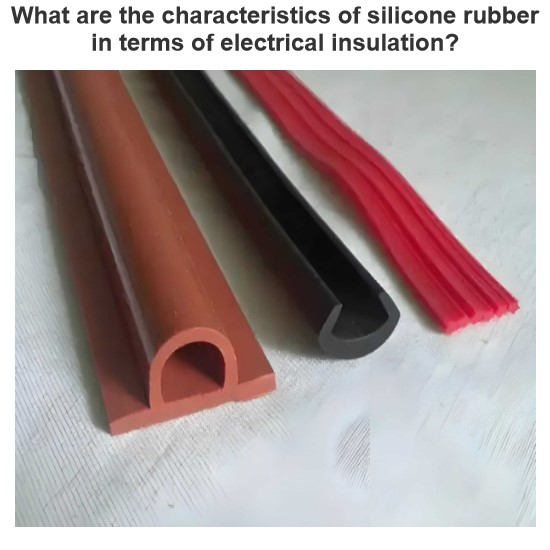Rheostats: Materials, Construction and Applications
A rheostat is a type of variable resistor that can adjust the current or voltage in an electric circuit. Rheostats are often used as power control devices, such as controlling the speed of an electric motor, the brightness of a light, or the temperature of an electric oven. Rheostats are also used for measuring unknown voltages or potential differences by balancing them with known ones.
What is a Rheostat?
A rheostat is defined as a device that can vary the resistance in an electric circuit by changing the position of a contact point along a resistive element.

The resistive element can be a metal wire, a carbon rod, or a liquid solution. The contact point can be a sliding terminal, a rotating knob, or a wiper arm.
The resistance of a rheostat depends on the length and cross-sectional area of the resistive element, as well as the material it is made of. The resistance can be calculated by using the formula:

where R is the resistance, ρ is the resistivity of the material, l is the length of the resistive element, and A is the cross-sectional area.

The current through a rheostat can be controlled by moving the contact point closer to or farther from one end of the resistive element. The closer the contact point is to one end, the lower the resistance and the higher the current. The farther the contact point is from one end, the higher the resistance and the lower the current.
How are Rheostats Constructed?
Rheostats can be constructed in different ways depending on their applications and specifications. Some common types of rheostats are:
Wire-wound rheostats: These are made by winding a long wire of high-resistivity material around an insulating core, such as ceramic or plastic.

The wire can be coiled in a spiral or helical shape. A sliding terminal or a rotating knob can move along the wire to change the resistance. Wire-wound rheostats are suitable for high currents and low voltages.
Carbon rheostats: These are made by using a carbon rod or plate as the resistive element. A wiper arm can move along the carbon surface to change the resistance. Carbon rheostats are suitable for low currents and high voltages.
Liquid rheostats: These are made by using a conducting liquid solution, such as salt water or acid, as the resistive element. Two electrodes are immersed in the liquid and connected to the power source and the load. The distance between the electrodes can be varied to change the resistance. Liquid rheostats are suitable for very high currents and low voltages.
What Materials Are Used for Rheostats?
The materials used for rheostats should have high resistivity, high working temperature, high corrosion resistance, suitable mechanical strength, suitable ductility, and low cost. Some common materials used for rheostats are:
Platinum: Platinum is a noble metal that has a very high resistivity and melting point. It also has high resistance to oxidation, high ductility, high malleability, good mechanical strength, and good stability with temperature and mechanical stress. However, platinum is very expensive and scarce, so its use in electrical engineering is limited to laboratory furnaces, resistance thermometers, and some rheostats.
Constantan: Constantan is a copper-nickel alloy that has a low-temperature coefficient of resistance, meaning its resistivity remains constant over a wide range of temperatures. It also has high resistance to oxidation, good mechanical strength, and good stability with temperature and mechanical stress. Constantan is widely used for electrical connections in instruments, such as shunt resistors, series resistors, swamp resistors, standard resistors, and rheostats.
Nichrome: Nichrome is a nickel-chromium alloy that has high resistivity and melting points. It also has high resistance to oxidation and corrosion, good mechanical strength, and good ductility. Nichrome is widely used for heating elements and wire-wound rheostats.
What are some applications of Rheostats?
Rheostats have many applications in various fields of engineering and science. Some examples are:
Power control: Rheostats can be used to control the power output of devices such as electric motors, lights, ovens, furnaces, etc. By varying the resistance of a rheostat in series with a device, the voltage or current supplied to it can be adjusted.
Voltage divider: Rheostats can be used to divide a voltage source into smaller fractions by connecting them in series with each other. By varying the resistance of one or more rheostats in a voltage divider circuit, different output voltages can be obtained.
Potentiometer: Rheostats can be used to measure an unknown voltage or potential difference by balancing it with a known one. A potentiometer is a type of rheostat that has three terminals: one connected to a fixed end of the resistive element, one connected to a variable contact point along it, and one connected to an external circuit. By adjusting the position of the contact point until no current flows through it (i.e., when both voltages are equal), the unknown voltage can be determined.
Strain gauge: Rheostats can be used to measure strain (i.e., deformation) in materials by changing their resistance when subjected to stress (i.e., force). A strain gauge is a type of rheostat that has two terminals connected to opposite ends of a thin metal foil that is attached to an object under stress. As the object deforms due to stress, so does the foil; this changes its length and cross-sectional area (and hence its resistance). By measuring this change in resistance using an electrical circuit (such as the Wheatstone bridge), strain can be calculated.
Conclusion
Rheostats are variable resistors that can adjust current or voltage in electric circuits by changing their resistance. They are made up of different materials depending on their specifications and applications. They have many uses in power control, voltage division, potentiometry, strain measurement, etc.
Statement: Respect the original, good articles worth sharing, if there is infringement please contact delete.
Electrical4U is dedicated to the teaching and sharing of all things related to electrical and electronics engineering.













